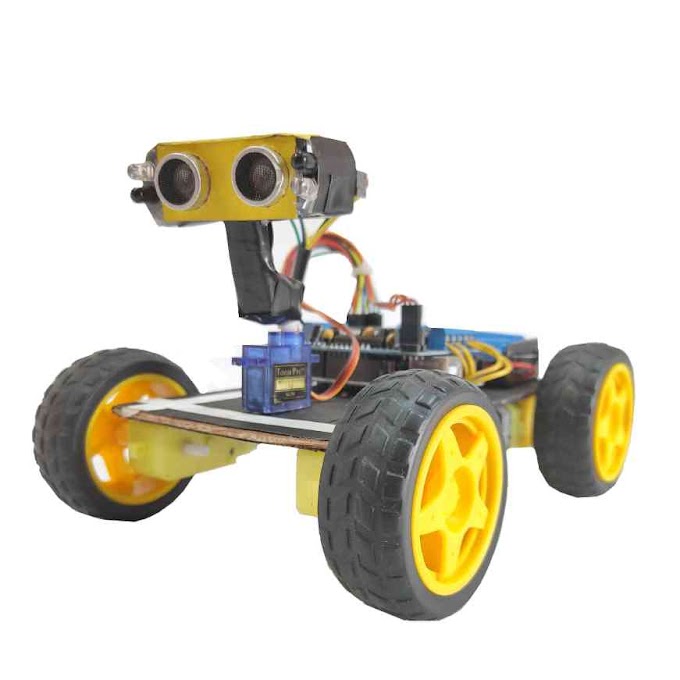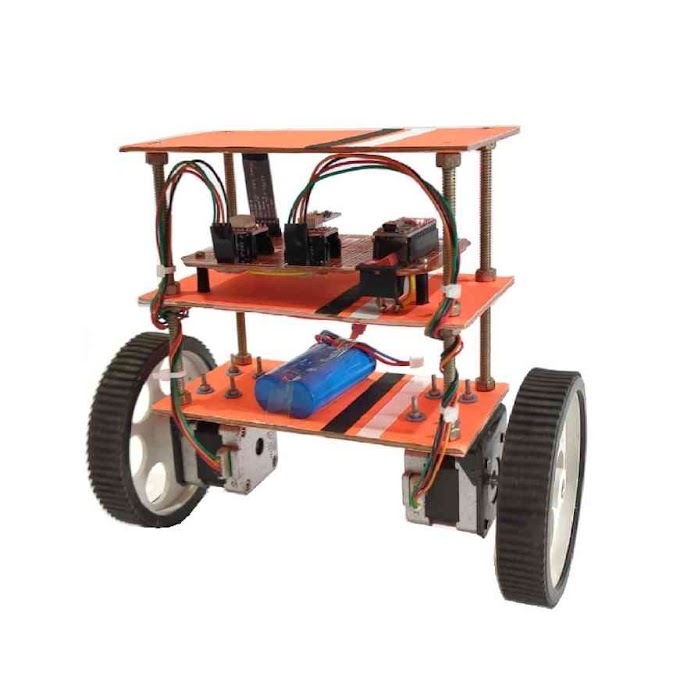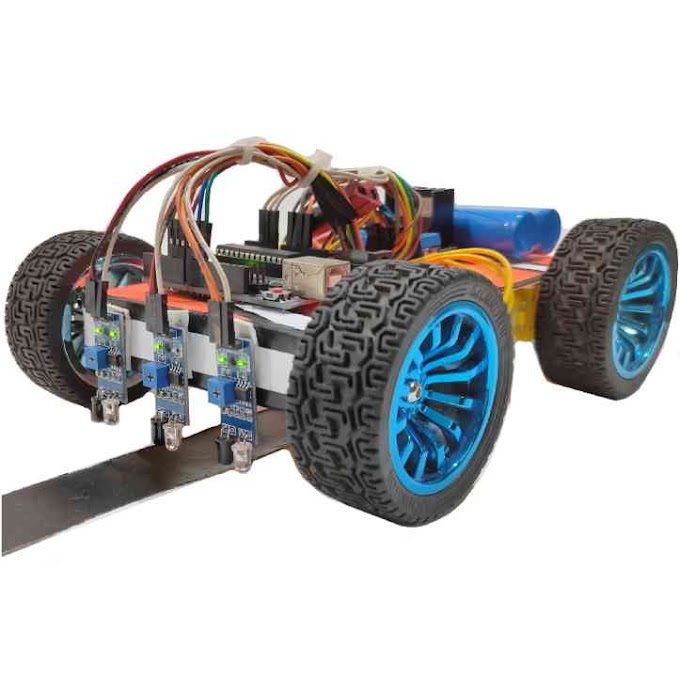Hello everyone! Welcome back to My Tech Studio. Today we will discuss about an Arduino based drone. So let's get started. Arduino is a versatile platform that can be used to create a variety of projects, including drones. In this guide, we will provide an overview of the basic steps involved in building a drone using Arduino.
Step 1:
Gather Materials the first step is to gather all the necessary materials. Here's what you'll need:
• Arduino Uno or Nano board
• Motor controllers (e.g. L293D)
• Brushless motors and propellers (4)
• LiPo battery (11.1V, 2200mAh)
• Battery charger
• Flight controller (e.g. MPU6050)
• RC receiver
• RC transmitter
• Arduino Uno or Nano board
• Motor controllers (e.g. L293D)
• Brushless motors and propellers (4)
• LiPo battery (11.1V, 2200mAh)
• Battery charger
• Flight controller (e.g. MPU6050)
• RC receiver
• RC transmitter
Step 2:
Assemble the Frame the frame is the structure that will hold all the components of the drone. You can create your own frame or purchase a pre-built one. A popular material for building drone frames is carbon fiber. Once the frame is ready, attach the motors to the frame using screws.
Choose the Right Frame
The first step in building a drone is to choose the right frame. Frames come in different shapes and sizes, and you should choose one that is suitable for your needs. Some popular frame materials include carbon fiber, aluminum, and plastic. The frame you choose should be lightweight and strong enough to hold all the other components.Select Motors and ESCs
The next step is to select the motors and ESCs. Motors are rated by their size, power, and speed, and you should choose motors that are appropriate for the size of your drone. ESCs are used to control the speed of the motors, and you should choose ESCs that are compatible with your motors.Choose a Flight Controller
The flight controller is the brain of the drone, and it controls the movement of the drone. There are many different flight controllers available, but the most popular ones are based on the Arduino platform. Some popular flight controllers include the APM (ArduPilot Mega) and the Pixhawk.Add Other Components
Once you have chosen the frame, motors, ESCs, and flight controller, you can start adding other components. These include the battery, transmitter, and receiver. The battery provides the power to run the drone, and you should choose a battery that is appropriate for the size of your drone. The transmitter and receiver are used to control the drone remotely, and you should choose a transmitter and receiver that are compatible with your flight controller.Step 3:
Wire the Components the next step is to wire all the components together. Connect the motor controllers to the Arduino board, and then connect the brushless motors to the motor controllers. Connect the flight controller to the Arduino board using jumper wires. Connect the RC receiver to the flight controller.
Upload the Code Next, you'll need to upload the code to the Arduino board. You can write your own code or use pre-existing code available on the internet. The code will control the flight of the drone, so make sure it is error-free and well-tested. Use the Arduino IDE to upload the code to the board.
Step 5:
Test the Drone Before you take your drone for a flight, it's important to test it to ensure that everything is working as it should. Connect the battery to the drone and turn on the RC transmitter. You should see the drone's motors spin. Use the transmitter to test the movement of the drone in all directions.
Make Adjustments If you notice any issues during the test, such as the drone drifting or not responding properly to the RC transmitter, you may need to make some adjustments. Check the wiring, adjust the code, and test again until everything is working as it should.
Step 7:
Fly the Drone Once everything is working properly, it's time to take your drone for a flight. Find a large open space with no obstacles and fly your drone. Start with small flights and gradually increase the altitude and speed as you get more comfortable.
In conclusion, building a drone using Arduino requires some technical knowledge and careful attention to detail. However, with the right materials and instructions, it is possible to build your own drone. Following the steps outlined in this guide should help you get started on building your own drone using Arduino.














